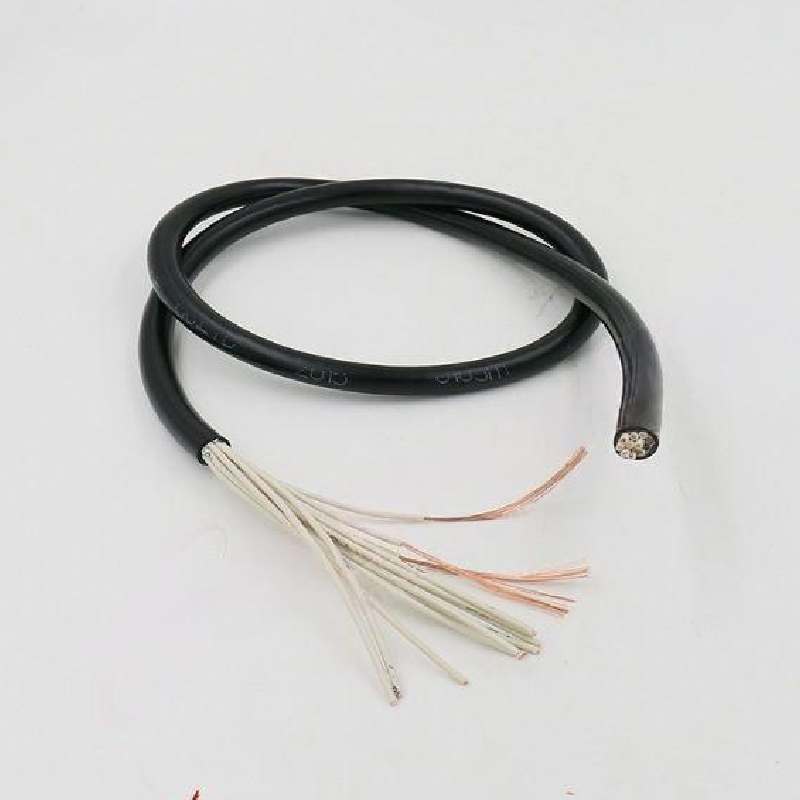9 月 . 28, 2024 18:22 Back to list
silent check valve
Understanding Silent Check Valves Functionality and Applications
Silent check valves are specialized devices used in various piping systems to prevent backflow while minimizing noise generated during the operation of fluid systems. They play a crucial role in maintaining system efficiency and protecting equipment from potential damage caused by reverse flow.
What is a Silent Check Valve?
A silent check valve is a type of non-return valve that allows fluid to flow in one direction only. Unlike traditional check valves that may create noise when the fluid flow is disrupted, silent check valves utilize a unique design that significantly reduces the flow-induced clashing that typically occurs during closure. This is achieved through a mechanism that ensures smoother operation and quieter performance.
Key Features
Silent check valves are often characterized by their swing or lift mechanisms, which are designed to open under positive pressure and close gently as the flow decreases. The internal components, such as the disc and seat, are typically engineered to provide a tight seal, thereby preventing any reverse flow. Additionally, many silent check valves are constructed from durable materials such as stainless steel, brass, or PVC to withstand various environmental conditions and fluid types.
silent check valve

Applications
These valves are widely used in numerous applications, including water supply systems, wastewater management, HVAC systems, and various industrial processes. In municipal water systems, silent check valves help maintain consistent water flow and pressure, preventing contamination from backflow. In industrial settings, they protect pumps and other equipment from reverse flow that could lead to system failures or inefficiencies.
Advantages
The major advantages of silent check valves include reduced noise levels, improved system reliability, and enhanced longevity of equipment. Their silent operation makes them particularly suitable for installations in residential areas or noise-sensitive environments. Furthermore, by preventing backflow, they contribute to the overall safety and efficiency of fluid handling systems.
Conclusion
In summary, silent check valves are integral components in modern fluid systems, promoting safety, efficiency, and minimized noise. Understanding their functionality and applications is essential for engineers and operators looking to optimize system performance while ensuring compliance with industry standards. As technology advances, the design and materials used in silent check valves continue to evolve, enhancing their effectiveness and broadening their application potential across various fields.
Share
-
Understanding the Differences Between Wafer Type Butterfly Valve and Lugged Butterfly ValveNewsOct.25,2024
-
The Efficiency of Wafer Type Butterfly Valve and Lugged Butterfly ValveNewsOct.25,2024
-
The Ultimate Guide to Industrial Swing Check Valve: Performance, Installation, and MaintenanceNewsOct.25,2024
-
Superior Performance with Industrial Swing Check Valve: The Essential Valve for Any SystemNewsOct.25,2024
-
Industrial Swing Check Valve: The Ideal Solution for Flow ControlNewsOct.25,2024
-
You Need to Know About Industrial Swing Check Valve: Functionality, Scope, and PerformanceNewsOct.25,2024